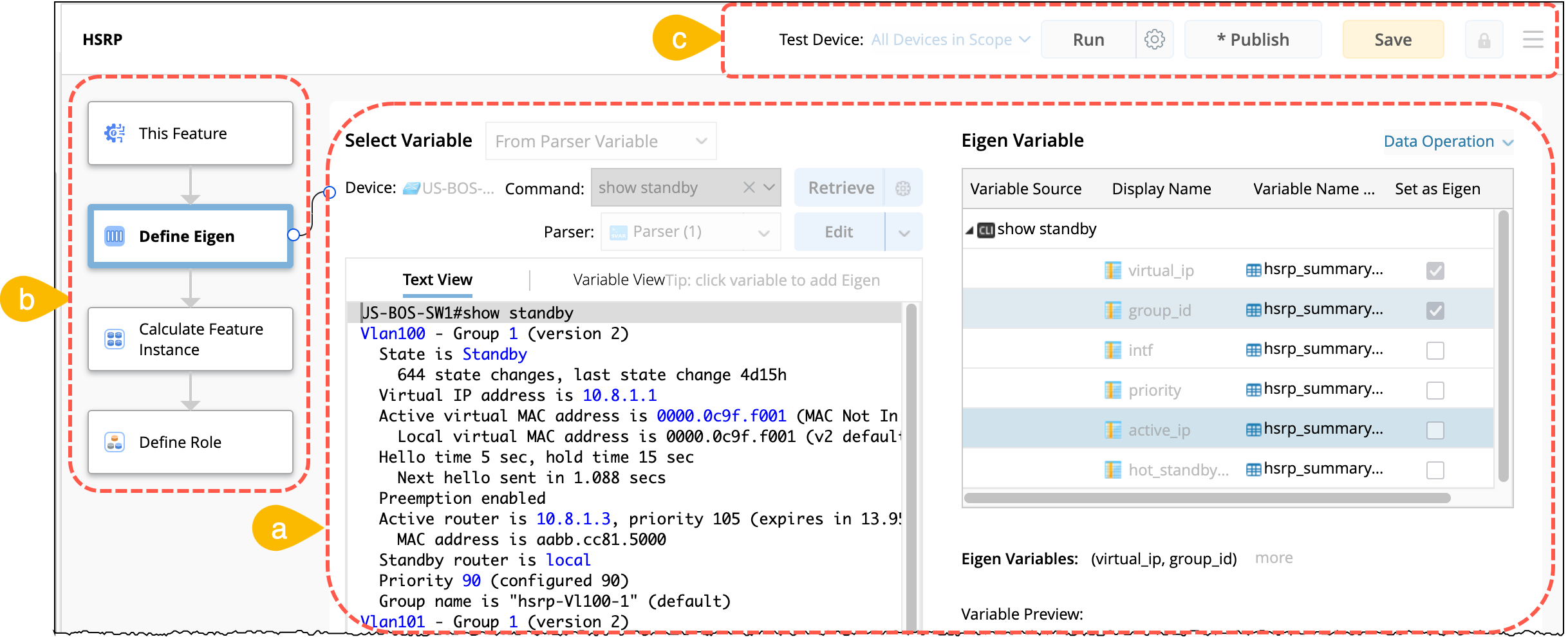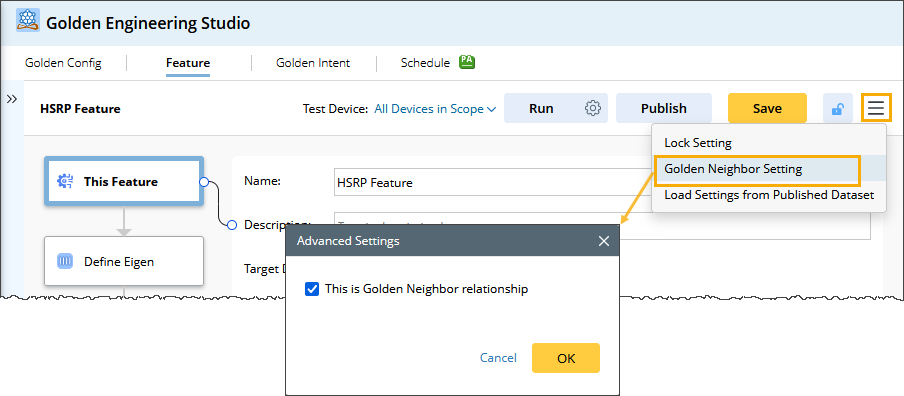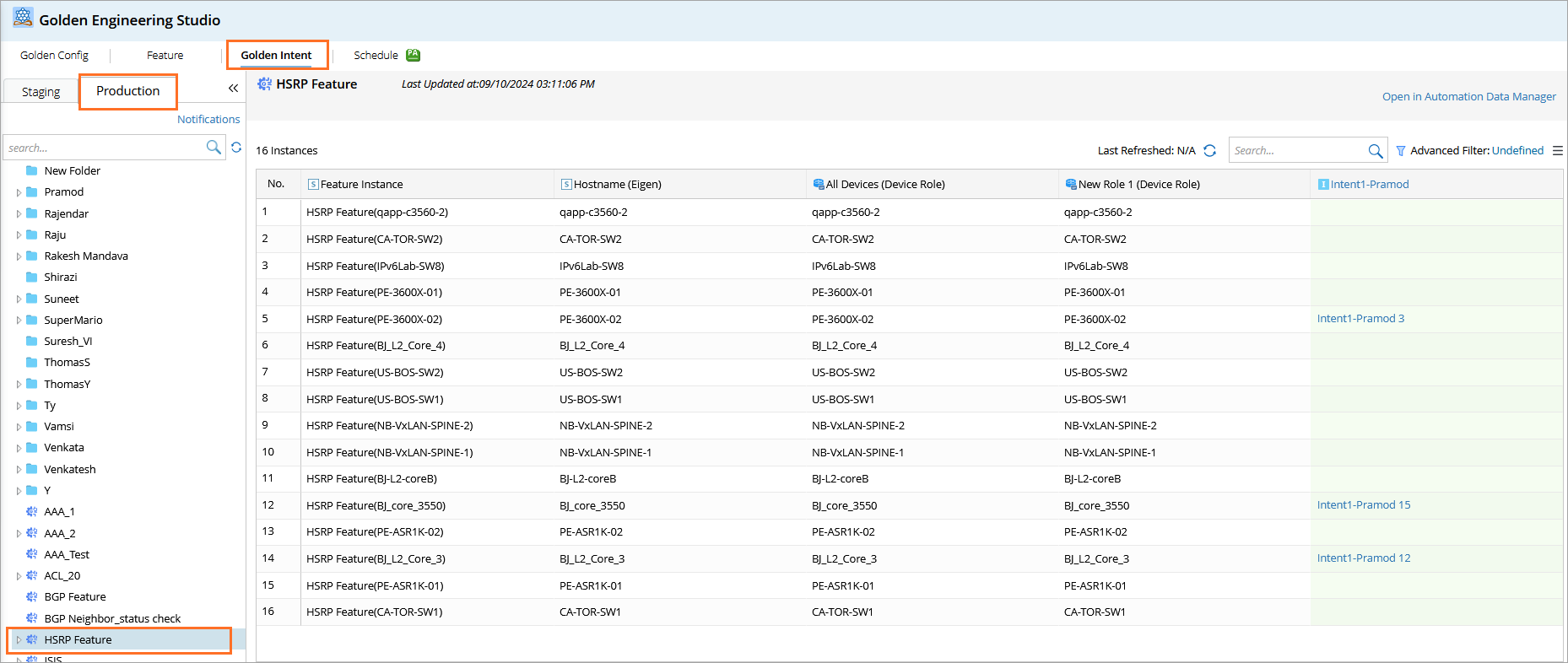Advanced Settings in GF
To access the advanced settings, navigate to the menu  . The following settings are optional and can be configured based on the specific use case:
. The following settings are optional and can be configured based on the specific use case:
Lock Settings
These settings are used to lock or unlock the published feature. By default, the feature is unlocked  . And to lock a feature, follow the below steps:
. And to lock a feature, follow the below steps:
-
Click the lock
 icon or navigate to the Lock Settings option in
icon or navigate to the Lock Settings option in  to open the the Lock Settings dialog. This dialog will display a toggle button for locking password options and a Lock Annotation section.
to open the the Lock Settings dialog. This dialog will display a toggle button for locking password options and a Lock Annotation section.
- Select the toggle button to Lock and click OK, the feature will be locked after it has been saved.

Once the feature is successfully locked, the following UI changes will be observed:
- The components on the right side of each node will become read-only and cannot be edited.
- User can switch the nodes to view the settings.
-
The supported operations at the top and bottom will be disabled.

Golden Neighbor Setting
You can designate a GF to serve as a Golden Neighbor. A Golden Neighbor represents the relationship between this device and its neighbor. For example, all devices associated with the HSRP feature will consider each device as this and its corresponding HSRP neighbor as the neighbor.
To configure Golden Neighbor Setting, follow the below steps:
-
Navigate to the menu
 > Golden Neighbor Setting.
> Golden Neighbor Setting.
-
Checkbox is selected by default, this indicates that the selected GF will be used as a neighbor type of GF in Golden Intent.

When the setting is done, you can check "this Device" and its Neighbor devices in the Golden Intent > Production pane.

Load Settings from Published Dataset
The Published Dataset is a background data structure created when a golden feature is published. Its primary function is to load the recorded data into the current golden feature definition. This enables users to view, edit, and adjust the data as needed. To load the settings from published dataset:
- Navigate to the menu
 > Load Settings from Published Dataset and a confirmation prompt will appear.
> Load Settings from Published Dataset and a confirmation prompt will appear. - Click Yes to confirm the reloading action from the most recent Published Dataset into the current feature. The system will automatically save the changes.

The table below presents details the recorded published dataset in each respective node.
|
NODES
|
Content Restored from Published Dataset
|
|---|---|
|
This Feature
|
Target Device Settings
|
|
Define Eigen
|
|
|
Calculate Feature Instance
|
|
|
Define Role
|
|
When the golden feature is executed and re-published, the data from the Node 3 and Node 4 will be updated in the corresponding Published Dataset.
